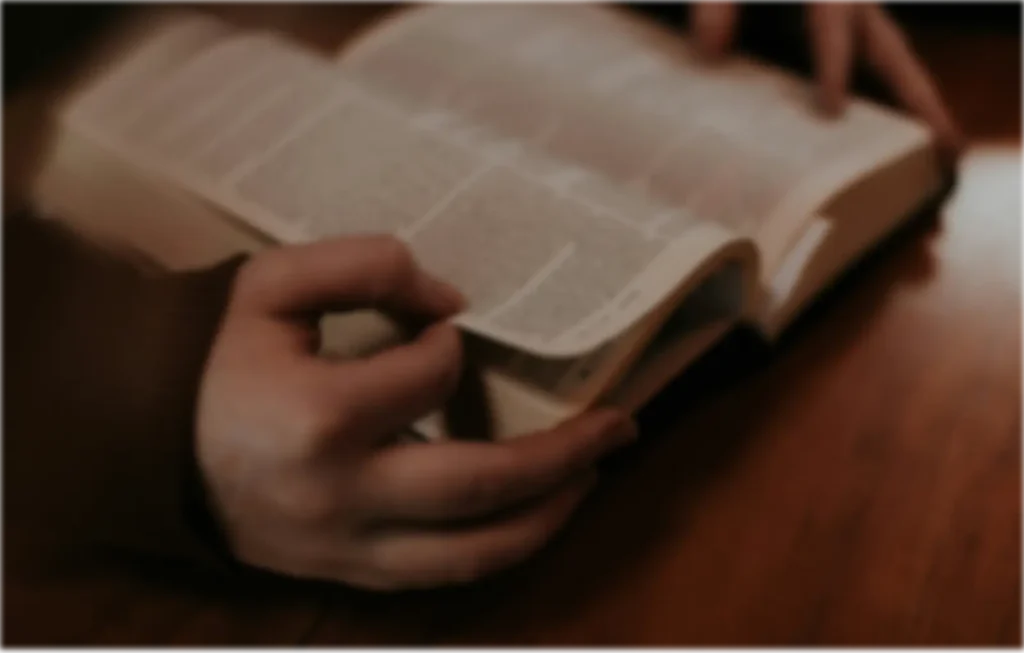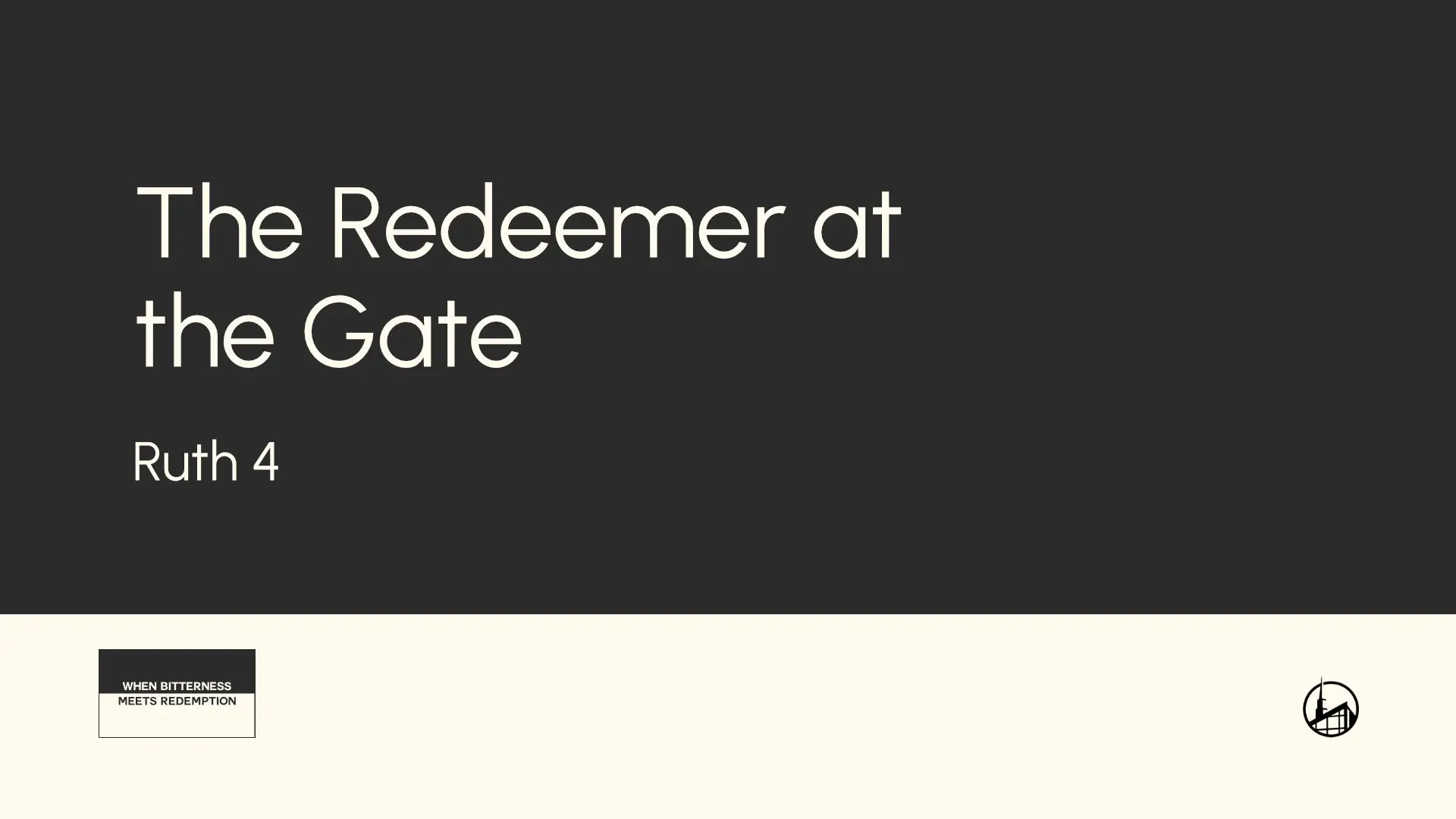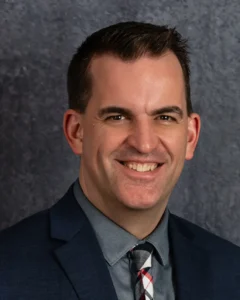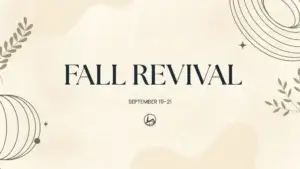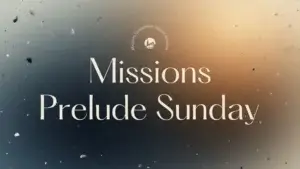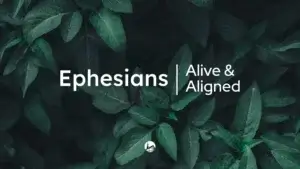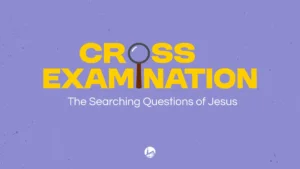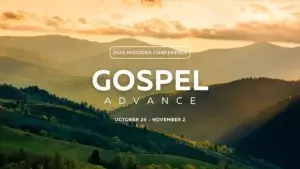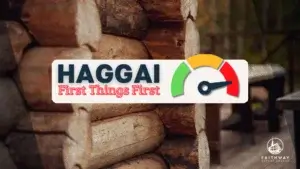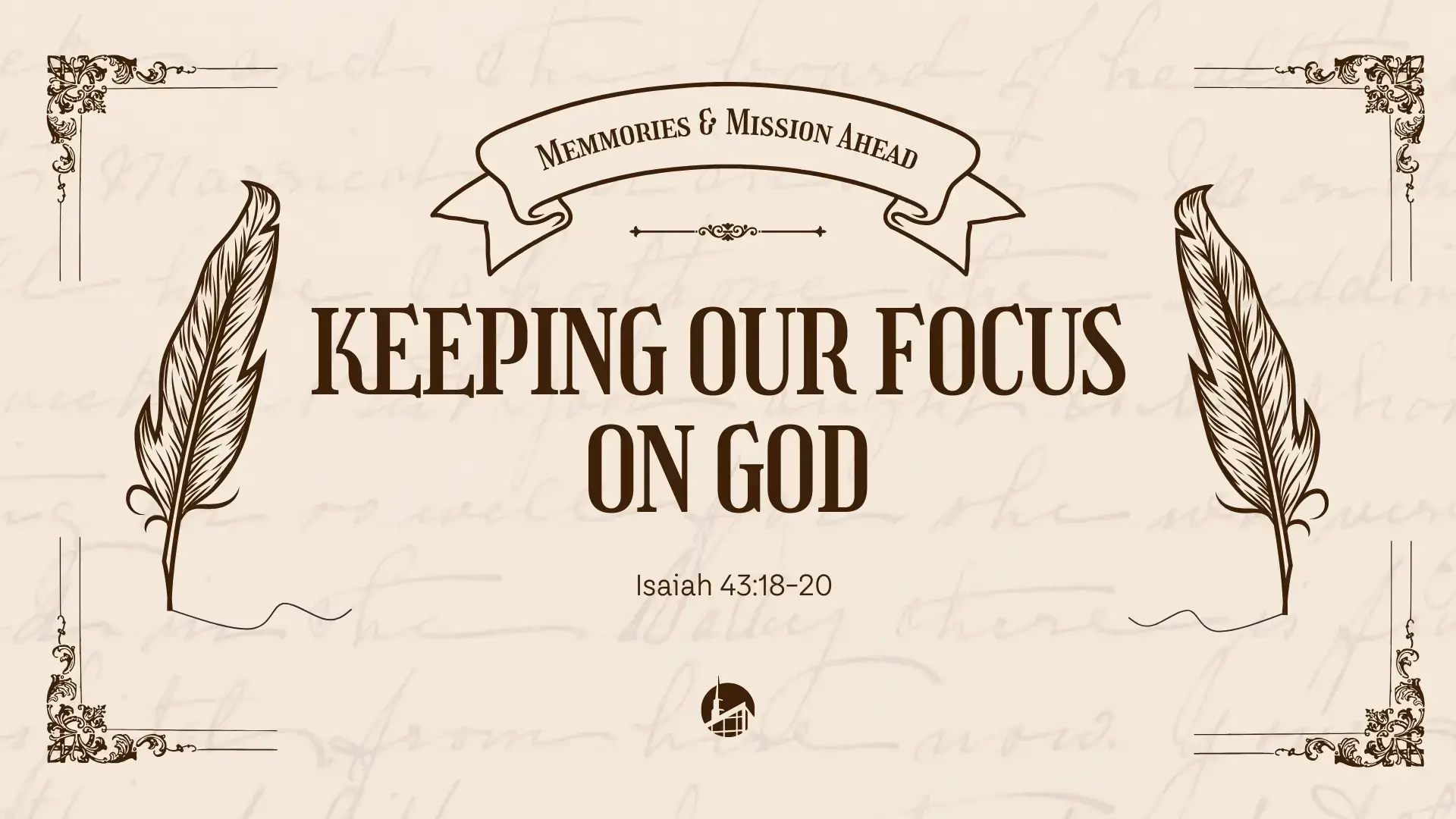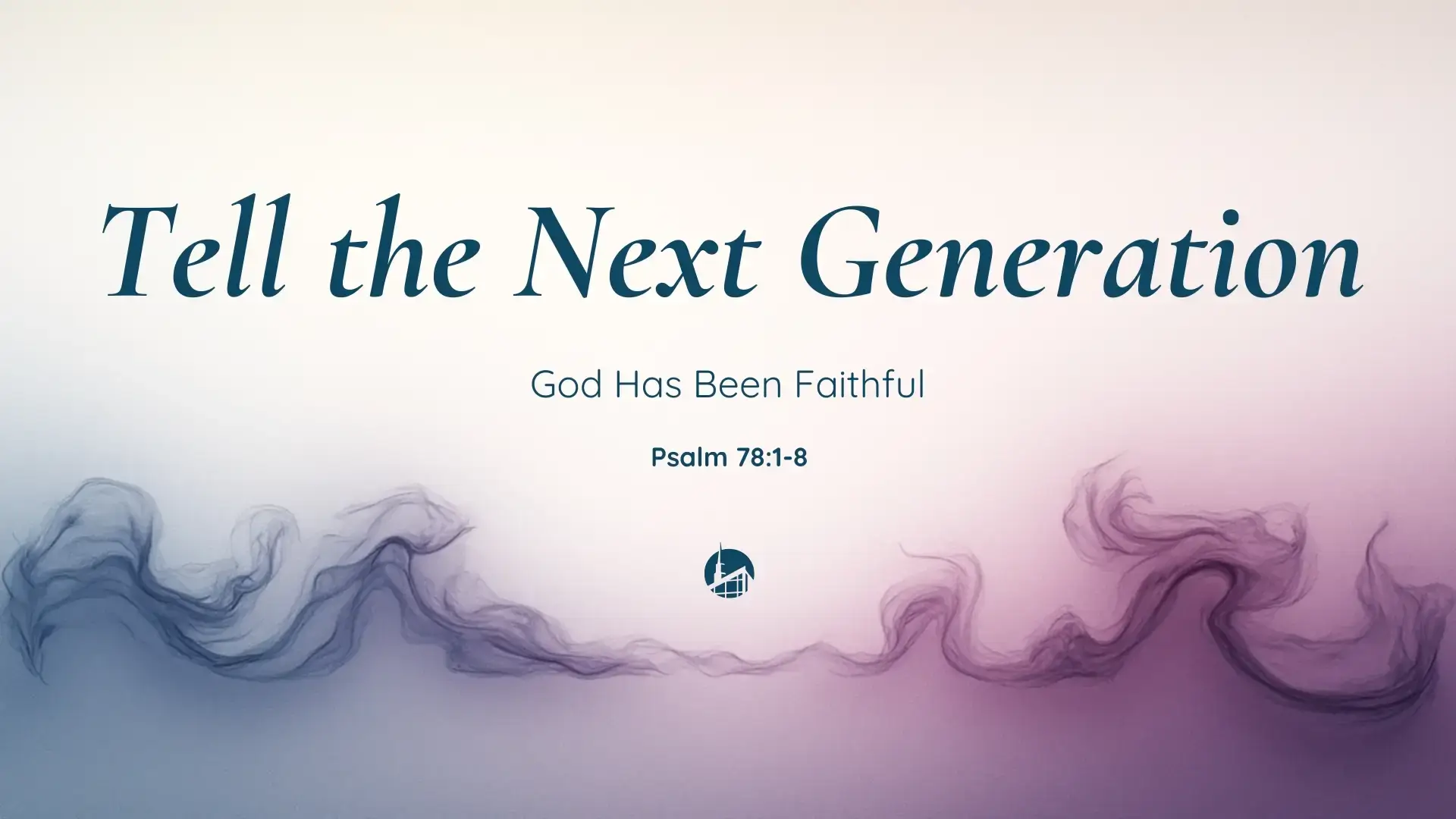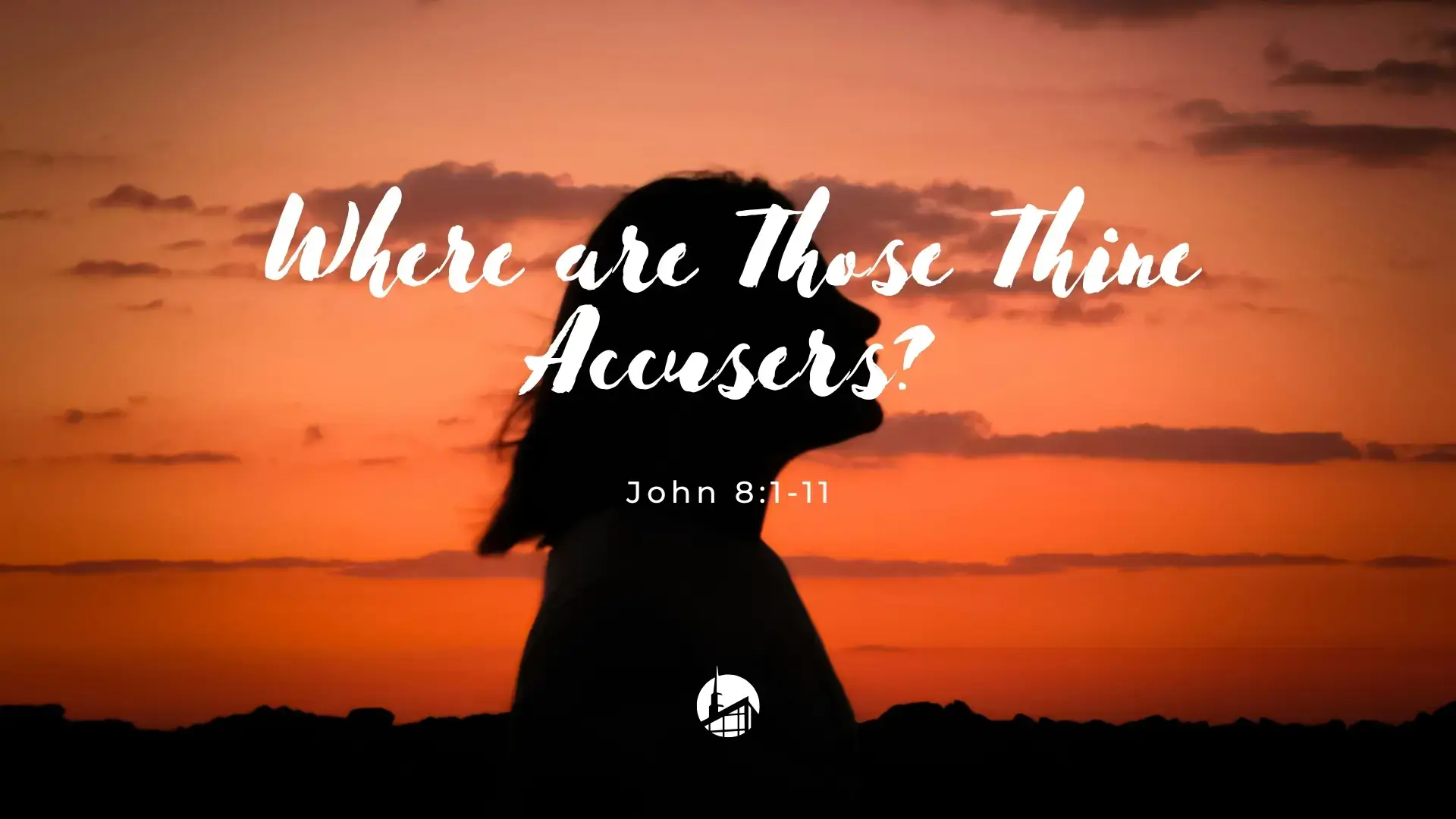In the final chapter of the Book of Ruth, we witness a profound transformation from despair to hope, from bitterness to blessing. Pastor Léveillé’s sermon on Ruth 4 reveals how God can take broken lives and weave them into a story of redemption, pointing us to the ultimate Redeemer, Jesus Christ. Through the narrative of Naomi, Ruth, and Boaz, we see God’s grace at work, restoring what was lost and fulfilling His divine purpose. This article delves into the key themes of Ruth 4, exploring the Redeemer’s public work, the community’s blessing, Naomi’s restoration, and the broader implications of God’s redemptive plan.
The Redeemer’s Public Work (Verses 1-10)
In Ruth 4:1-10, Boaz emerges as a figure of integrity and purpose, conducting his redemptive work openly at the city gate, the place of legal transactions in ancient Israel. As described in the King James Version, “Then went Boaz up to the gate, and sat him down there: and, behold, the kinsman of whom Boaz spake came by; unto whom he said, Ho, such a one! turn aside, sit down here. And he turned aside, and sat down” (Ruth 4:1). Boaz, aware of a closer kinsman with the first right to redeem Naomi’s land and marry Ruth, does not manipulate or scheme. Instead, he follows the law, presenting the opportunity to the other kinsman before the elders and witnesses.
The kinsman initially agrees to redeem the land but declines when he learns it involves marrying Ruth, fearing it would complicate his inheritance (Ruth 4:6). Boaz, however, willingly steps in, purchasing Naomi’s land and taking Ruth as his wife to preserve the family line. This act mirrors the work of Jesus Christ, who fulfilled the law perfectly and paid the price for humanity’s redemption on the cross. Just as Boaz did not seek loopholes, Jesus bore the full weight of justice to redeem us from sin. Pastor Léveillé emphasizes that no mistake or brokenness is too great for God to restore, as Boaz’s actions demonstrate God’s ability to step into our stories and fill the cracks with grace.
The Community’s Blessing and Naomi’s Restoration (Verses 11-17)
The narrative shifts in Ruth 4:11-17 to the community’s response and Naomi’s remarkable restoration. The elders and people at the gate pronounce a blessing on Boaz and Ruth, saying, “The LORD make the woman that is come into thine house like Rachel and like Leah, which two did build the house of Israel” (Ruth 4:11). This blessing elevates Ruth, a former Moabite, to the status of Israel’s matriarchs, signifying her inclusion in God’s covenant family. The community recognizes God’s hand in transforming Ruth’s identity from outsider to integral member of Israel.
Naomi, who began the story in bitterness, calling herself Mara (Ruth 1:20), now holds her grandson Obed in her arms. The women of Bethlehem proclaim, “Blessed be the LORD, which hath not left thee this day without a kinsman, that his name may be famous in Israel” (Ruth 4:14). This moment marks Naomi’s restoration, not through her own efforts but through God’s providence. Pastor Léveillé compares this to the Japanese art of kintsugi, where broken pottery is repaired with gold, making it more valuable than before. God does not hide Naomi’s pain but fills it with grace, turning her tragedy into a testimony. The sermon reminds us that God can bring life where there was barrenness, offering hope to those who feel spiritually or emotionally depleted.
The Bigger Picture (Verses 18-22)
The closing verses of Ruth 4:18-22 reveal the broader significance of this story through a genealogy that culminates in King David: “And Obed begat Jesse, and Jesse begat David” (Ruth 4:22). This lineage is not merely a list of names but a testament to God’s redemptive plan. Naomi’s journey from Moab, marked by poor choices and loss, becomes the avenue through which God brings forth David, the king after His own heart and an ancestor of Jesus Christ. Pastor Léveillé calls this a “spiritual mic drop,” highlighting how God uses imperfect people to accomplish His divine purposes.
The sermon underscores that God’s plan is not limited by human failures. Naomi’s mistakes in Moab did not disqualify her from being part of God’s story. Similarly, our brokenness does not render us useless to God. The preacher draws parallels to Jesus, the ultimate Redeemer, who takes our sins and regrets and transforms them into something beautiful. As Pastor Léveillé notes, God fills the cracks of our lives with the gold of His grace, making us trophies of His redemptive power. This genealogy reminds us that our stories, no matter how broken, can be woven into God’s eternal plan when we trust in Him.
Conclusion
Ruth 4 is a powerful testament to God’s ability to redeem and restore. From Boaz’s lawful redemption to the community’s blessing and Naomi’s transformation, the chapter illustrates how God works through brokenness to bring about blessing. The genealogy at the end points to the ultimate Redeemer, Jesus Christ, who takes our sins and sorrows and makes all things beautiful in His time. Pastor Léveillé encourages us to trust God with our broken pieces, whether we need salvation or restoration as believers. By surrendering to Jesus, we allow Him to fill our lives with grace, turning our bitterness into a testimony of His goodness.
